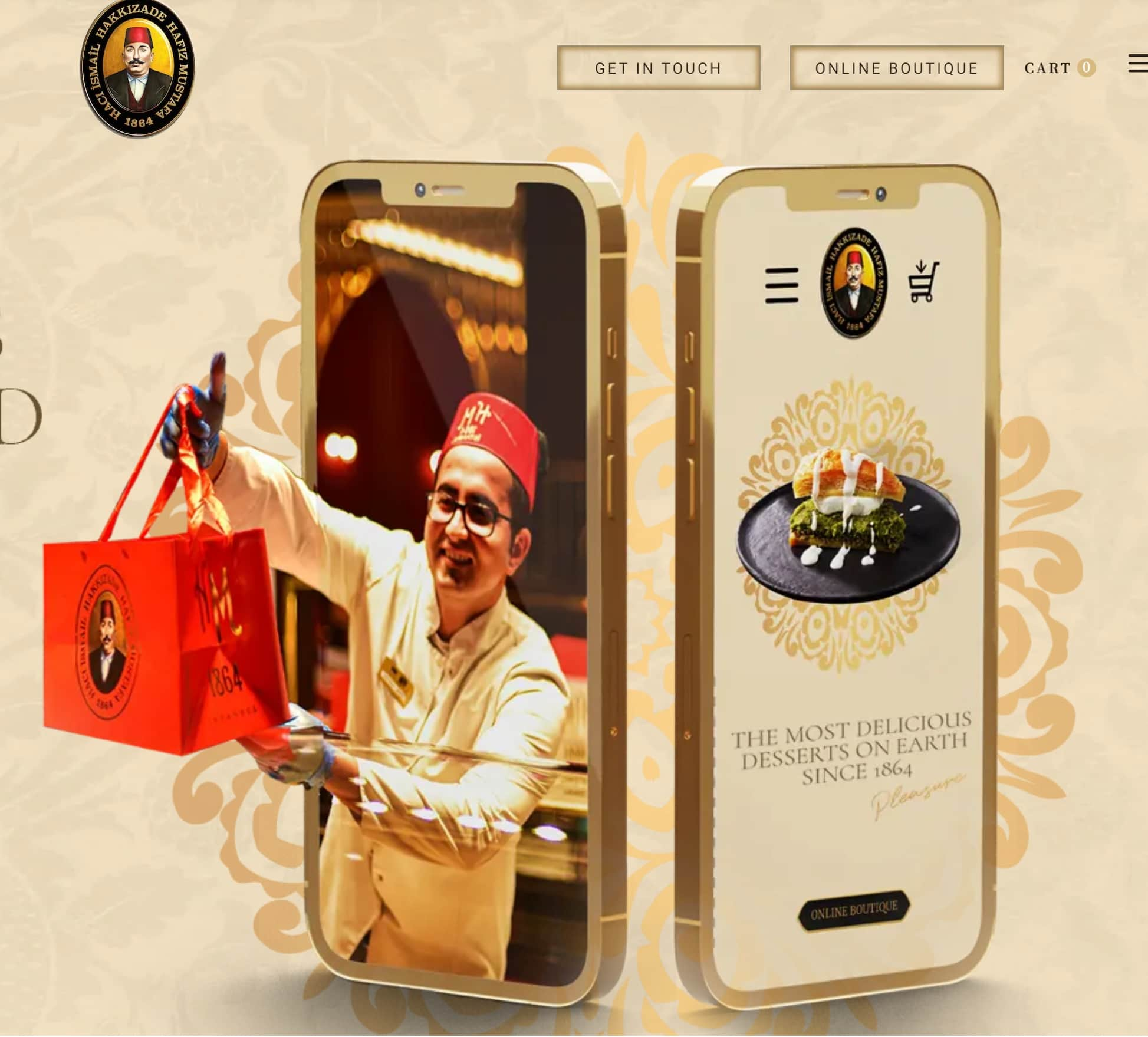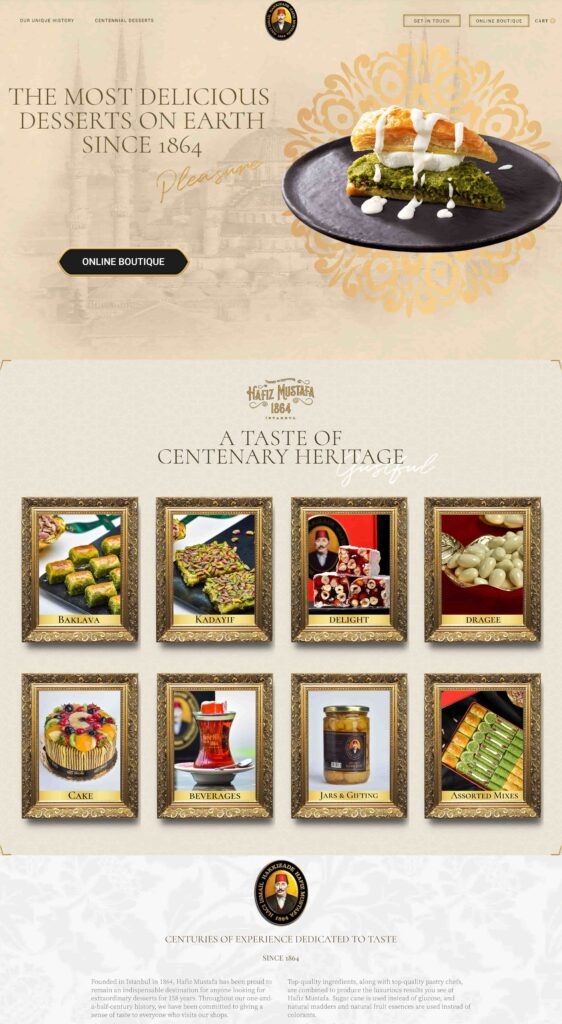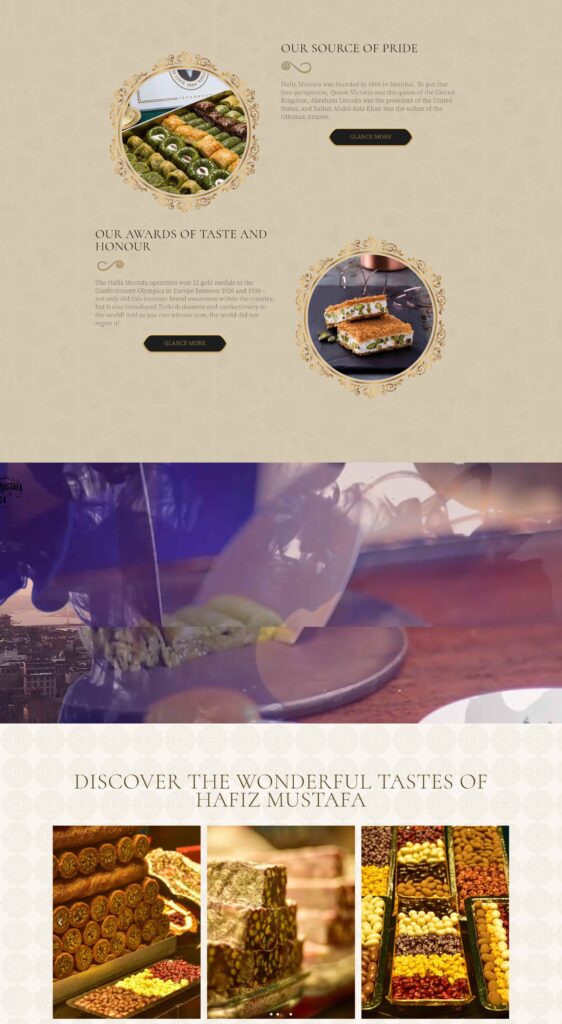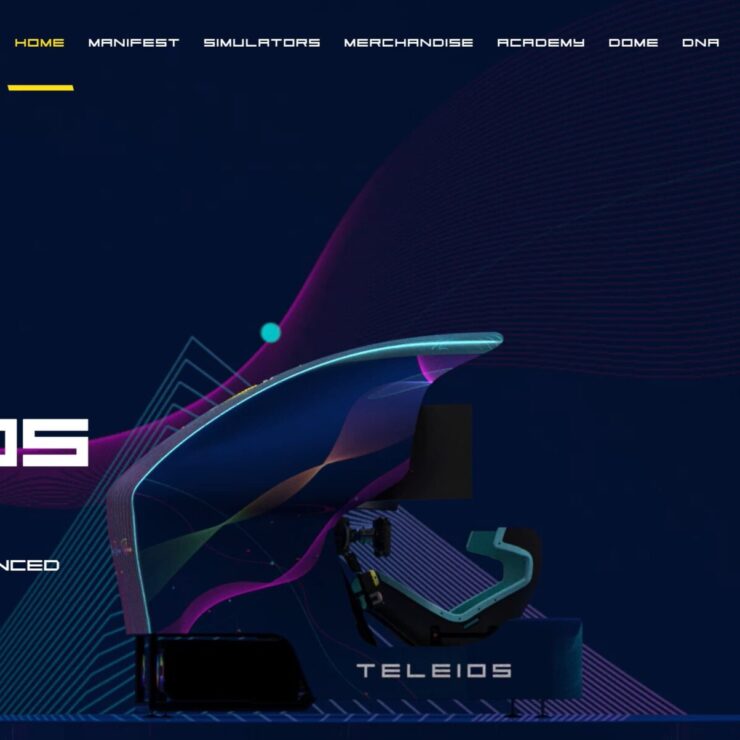
Hafiz Mustafa 1864
CATEGORY: Web Design


Expediency
It should be a one-to-one answer to the question “What am I doing this work for?” which is one of the questions to be asked at the beginning of the work. In other words, design work should cover all the features of its purpose. It should serve the purpose.
Reachability to the Target Audience
The web design should be suitable for the target audience’s taste level and social, cultural, and economic structure and attract their attention.
Creativity
The web designer must first be a good researcher and observer to produce innovative products. At the same time, the program’s design features should be mastered in theoretical and practical dimensions.
Making a Product Useful
Web design aims to buy or prefer a product to use it. Therefore, it should have a functional and physically aesthetic structure.
Originality
It is one of the essential features expected from the web designer and, therefore, from the designs he produces. An original design can depend on the designer’s creativity, the researcher, and the observer’s personality and experiences.
Simplicity and Understandability
Designs that do not require additional information and effort to be perceived by the target audience, that make it easier to concentrate on the product/message/thought, and that are as simple as possible are consistently among the most admired.
Aesthetics
Every web design that is pleasing to the eye and enjoyable can be used efficiently for a long time without getting bored.
Longevity
Graphic designs that aim to save the day have not been thought about, have not been researched, are either not appreciated at all, are used and forgotten for a short time, or cause failure to achieve the goal. You should think long-term instead of fashionable daily concepts when making a web design. Designing designs that have affected society since the past that the community knows very well and will remember are essential factors in the longevity of the design.
Scope
A good web design should process the message or think conveyed to the target audience in every detail. Designs created with incomplete or incorrect content will make it difficult for individuals, institutions, or organizations to access the target audience, thus reducing their commercial return.
Proportion and Visual Hierarchy
When two or more visual elements are combined on the design surface, the proportion is always a problem. For the designer, the proportion is the relationship between dimensions. Proportion is essential for the designer. Because designs in which the width is equal to the length, color to colorless, and one size to another look pretty ordinary. This negatively affects both perception and communication. Visual hierarchy means shaping visual elements according to the message to be emphasized in the design. In some scenarios, photographs are highlighted; in others, textual features, color, and white space on the design surface may come to the fore.
Balance
If the element of balance is not observed in a design, the product cannot create the expected effect. Balance is created by distributing (placing) elements such as photographs, paintings, drawings, and graphics horizontally and vertically on the material with equal weight. There are two types of balance:
Formal (Symmetrical)
When a material is split down the middle, the symmetrically placed elements (identical on both sides).
Informal (Unsymmetrical)
Both sides are equal in weight, but the elements used are different. Informal balancing can give the material a certain degree of mobility.
Integrity
One of the most crucial design principles is integrity. When the visual elements in a design are brought together to form integrity, they become effective. Elements with the same basic form, texture, size, color, or emotion form integrity in a design.
Rhythm
Rhythm is about determining which element in the design the user will look at first and which one later. Fluidity can be added to the design by using the principle of rhythm.
Emphasis
It is to emphasize and make prominent to convey the design’s critical messages or thoughts desired effectively. Various methods are used for this purpose. The use of arrows and similar directional lines and shapes, different sizing of the element to be focused on, and the use of different colors and textures are among the most preferred.
Harmony
The harmony emerges from the integrity between the visuals and writings used in the design.



